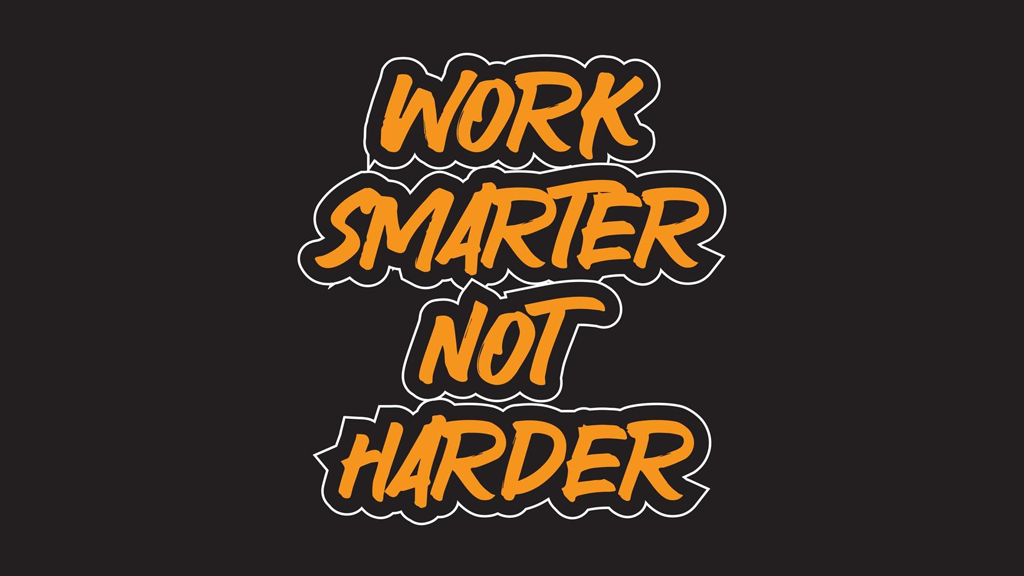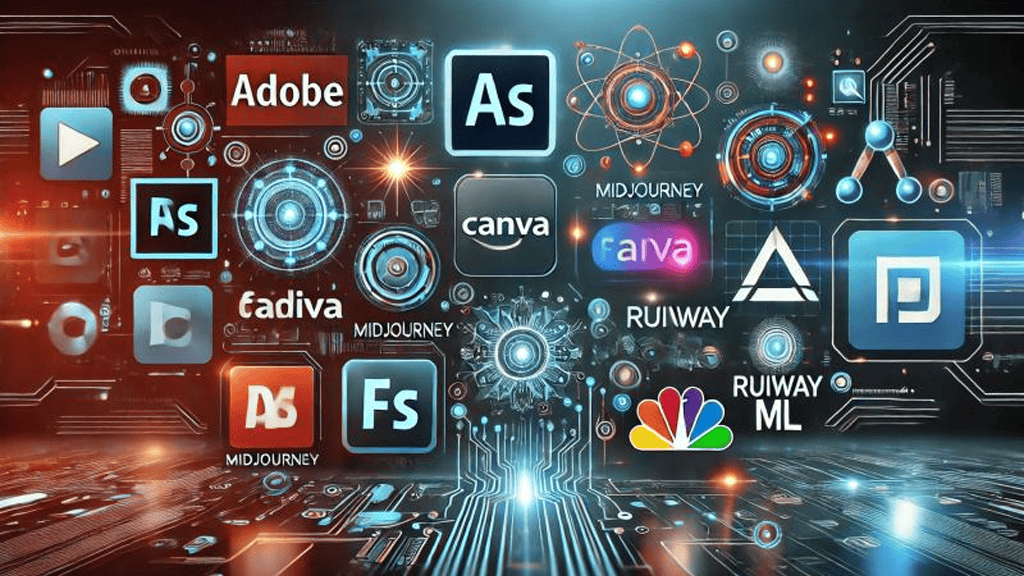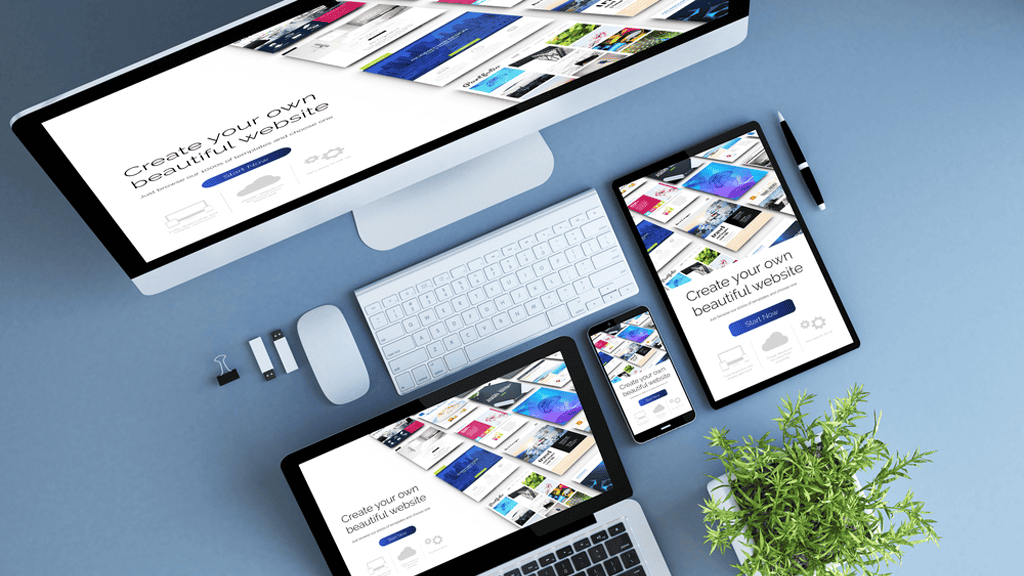
Design Smarter, Not Harder: Advice for New Generation Creatives by 2025
The difference between average and outstanding in the fast-paced creative sector of today is not in how hard you work—but rather in how smartly you work. Successful creatives are those who adapt to new technologies, grasp design psychology, and combine intention with innovation as the field of graphic design changes toward 2025.
This guide provides professional strategies, tools, and insights modern creatives can apply right now to improve their process, maximize their workflow, and keep ahead in a digital environment fast changing.
Redefining 2025 graphic design

Graphic design is a strategic discipline that drives interaction, communication, and brand identity rather than only visual ornamentation. A designer’s job in 2025 will combine utility with artistic ability. Graphic designers are expected to use visual logic to solve practical problems from product UI to immersive brand storytelling.
It is never more difficult to define what graphic design is. The hybrid thinkers of today are adept in data visualization, interaction design, even 3D environments. This extends the field’s reach and pushes limits on how design tells stories.
The main lesson is that motion graphics, data visualization, user experience, and many other elements are all part of contemporary graphic design.
Combine artificial intelligence to save time rather than replace originality.
Creatives now work using artificial intelligence in revolutionary ways. By automating time-consuming chores including image resizing, color correction, and content generation, today’s AI graphic design tools free up more time for concept development and innovation.
These instruments are creative accelerators not replacements. Accept artificial intelligence to handle the heavy work while you remain preoccupied with strategic and creative choices. Including intelligent automation into your daily process guarantees more efficiency without sacrificing innovation.
Recommended tools are Adobe Firefly, MidJourney, Figma AI, Canva Magic Studio, Looka.
Give user experience with modern UX/UI principles top priority.
Every digital product by 2025 needs to be user-first. From websites to mobile apps, contemporary creatives have to be extremely knowledgeable in usability, interactivity, and accessibility. 2025 UX/UI design stresses inclusive layouts, simple interfaces, and dynamic user flows that fit perfectly to various devices.
Now essential elements are user empathy, micro-interactions, and inclusive navigation. Masters of these components will be more suited to satisfy audience needs and increase user involvement on several platforms.
Using layered wireframes, user-testing comments, and modular design systems—a mobile-first strategy—you can create.

Create a portfolio proving range and relevance.
Your portfolio is your electronic handshake. Clients and companies of 2025 want flexibility, strategic thinking, and actual results. Showcase projects with quantifiable results, client endorsements, and narrative components whether your application for a job in graphic design or building a freelancing practice.
Create dynamic and interactive portfolio. Add thorough project breakdowns reflecting not only appearance but also the underlying reasons of success. Your presence will be enhanced by motion design samples, AR-based mock-ups, and video walk-throughs.
Case studies, project challenges, results, client endorsements, and tools applied constitute essentials to include.
Choose inclusive and sustainable design methods.
Modern creatives have to welcome ideas like sustainability, accessibility, and inclusiveness. These ideas are expectations not trends. From environmentally friendly color palettes to easily readable typeface, forward-looking design honors many audiences and global responsibility.
Understanding your audience—designing for all ability, languages, and backgrounds—allows you to begin inclusively. Avoiding temporary gimmicks, sustainable design minimizes visual clutter and emphasizes long-term brand value.
Accept typeography as a means of narrative tool.
By 2025, typeography will be more experimental and intelligent. With kinetic type, variable fonts, and algorithmic text that changes to fit user behavior, designers are stretching the possibilities. Fonts are now expressive and interactive, not passive.
Typography used well can communicate tone, direct user flow, and even influence decision-making. Think about font pairs that capture the character of your brand and don’t hesitate to investigate strong, unusual pairings.
Typography trends, retro-futurism aesthetics, kinetic typeography, interactive font design, expressive typeography—keywords trending here

Go Beyond Static Design
Designers who want to remain competitive in the creative market of today need to be masters in motion, video, and digital platforms. Versatility is the new benchmark whether editing a short reel, producing social media material, or designing for NFTs.
Modern creatives should be able to adapt material for several screen sizes, storyboard, animate, and Perfect integration of motion graphics into regular projects is made possible by tools like After Effects and CapCut Pro.
Pro Tip: Investigate motion graphic templates and at least learn one video editing suite.
Investigate Interdisciplinary Cooperation
Today’s creativity transcends one discipline. Working with marketers, developers, data analysts, and strategists to produce multi-dimensional experiences, most successful designers are those who cross industries.
Speaking the language of business and technology will differentiate you. To complement your visual knowledge, think about picking up the foundations in behavioral psychology, SEO, or coding.
Follow Thought Leaders and Learn Always
Design instruction never finishes. Modern insights on trends and techniques are provided by online learning sites including Skillshare, Domestika, and YouTube design channels. Using thought leaders keeps you informed and motivated.
Set aside weekly time to investigate case studies, learn about fresh trends, and test new tools. Top 1% of creatives are defined by this constant learning attitude.
Ultimately, smarter design is strategic design.
Designing smarter in 2025 means bringing your creative vision into line with effective tools, significant experiences, and scalable impact. It’s about increasing value from less resources without ever compromising integrity or narrative.
Action Guidelines:
AI-powered automated duplicate jobs
Keep informed with modern UX/UI best standards.
Create a diverse, evidence-based portfolio.
Work across many fields.
Never stop learning—always
Work with Dellzo on smarter design solutions.
From short-form video editing to UI/UX development and brand strategy, at Dellzo we enable creatives and companies with expert design services. To produce work that performs and inspires, we mix modern technology with polished creative processes.
Allow us to help you to fully utilize your creative ability.
Visit us at www.dellzo.io to improve your creative process and succeed in 2025 and forward.
